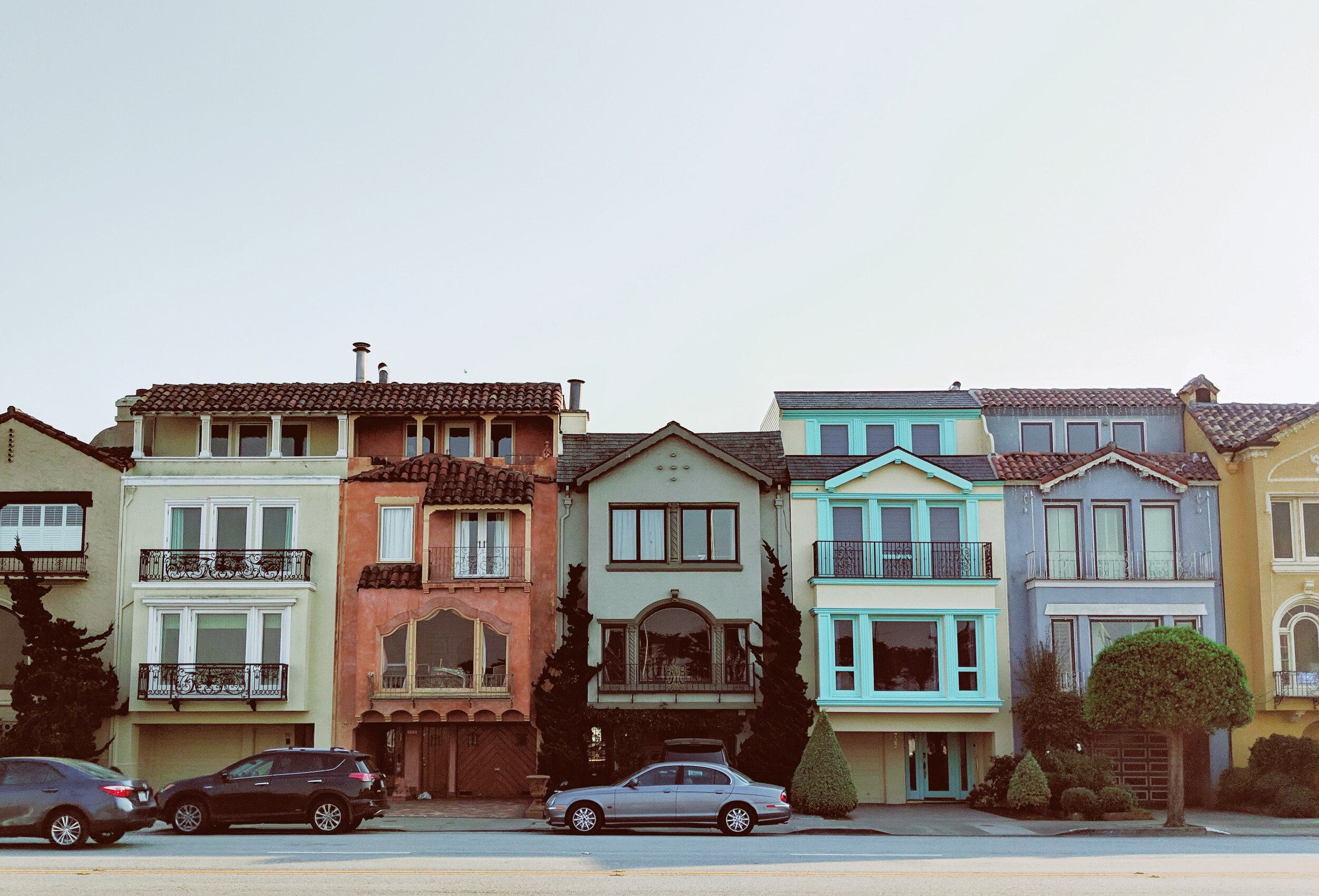What Is Difference in Conditions (DIC) Coverage?
- The California FAIR Plan provides essential coverage for fire and smoke damage but excludes key risks like water damage, theft, and liability.
- Difference in Conditions (DIC) insurance “wraps around” the FAIR Plan, filling in those missing protections to create broader coverage.
- By pairing both policies, you can protect your home against catastrophic wildfires and everyday risks like plumbing leaks or slip-and-fall claims.
Homeowners insurance typically covers risks like fire, wind, and theft.
However, if you’ve struggled to find coverage due to wildfire exposure or “brush risk”—or if your home was non-renewed for that reason—you may need an alternative solution.
One of the most common is a Difference in Conditions (DIC) policy, often called a “wrap” policy.
This approach combines two policies (the California FAIR Plan and a DIC policy) to provide more complete protection, similar to a standard homeowners policy.
In this post, we’ll cover:
- What is the California FAIR Plan?
- How does DIC insurance work?
- What does DIC cover?
- What are the limitations of DIC insurance?
- Is DIC right for me?
What is the California FAIR Plan?
The FAIR Plan was created by law in 1968 to provide fire-insurance access for homeowners who couldn’t find coverage in the traditional market. Although it was created by the Governor and Legislature, it operates as a private insurance pool — not a state agency. All property insurers licensed in California must participate. The member insurers control its governance and share in its profits, losses and expenses. The FAIR Plan is overseen by the California Department of Insurance.
It’s designed for properties in high-risk areas, such as wildfire zones, coastal regions, or homes with multiple prior claims.
As wildfire risk has intensified, more Californians have turned to the FAIR Plan for coverage.
However, FAIR Plan policies are “named peril” policies — they only cover specific causes of loss, such as:
Fire
Lightning
Internal explosion
Smoke
Vandalism or malicious mischief (optional)
Extended coverages such as windstorm, hail, or riot (optional)
While this covers the most catastrophic perils, it does not include everyday risks like water damage or liability—hence the need for DIC.
How does DIC insurance work?
The FAIR Plan offers basic protection, but leaves out crucial coverages such as water damage, theft, and liability.
That’s where a DIC policy comes in. A DIC policy, offered by standard insurers, supplements the FAIR Plan by filling those gaps. Together, they form a more complete solution—essentially restoring your coverage to something close to a standard homeowners policy.
Here’s how claims typically divide between the two policies:
If the damage is caused by fire: The FAIR Plan handles the claim.
If the damage involves theft or liability: The DIC policy steps in.
To qualify, you must already have an active FAIR Plan policy.
You may also qualify for discounts by bundling your auto or umbrella insurance with the same carrier that writes your DIC.
While the FAIR Plan covers fire and smoke, a DIC policy fills in missing protections like:
Falling objects
Water damage (burst pipes, leaks)
Weight of ice, snow, or sleet
Freezing
Theft (depending on occupancy)
Liability
Medical payments
However, exclusions still apply. Both FAIR Plan and DIC policies exclude wear and tear, earthquakes, and floods.
If you need those protections, you’ll need separate earthquake or flood policies.
The FAIR Plan currently provides up to $3 million in total coverage, including dwelling, personal property, other structures, and loss of use.
If your home’s replacement value exceeds this limit—or if you need broader coverage—you may need to explore non-admitted or surplus lines markets for additional protection.
If you live in a wildfire-prone area and must rely on the California FAIR Plan for your primary fire coverage, a DIC policy is essential. It fills major gaps left by the FAIR Plan—covering liability, water damage, theft, and other everyday risks—so you can protect your home more comprehensively.
By pairing both policies, you’ll have peace of mind knowing your home is protected from both catastrophic wildfires and the smaller, more common incidents that happen every day.




